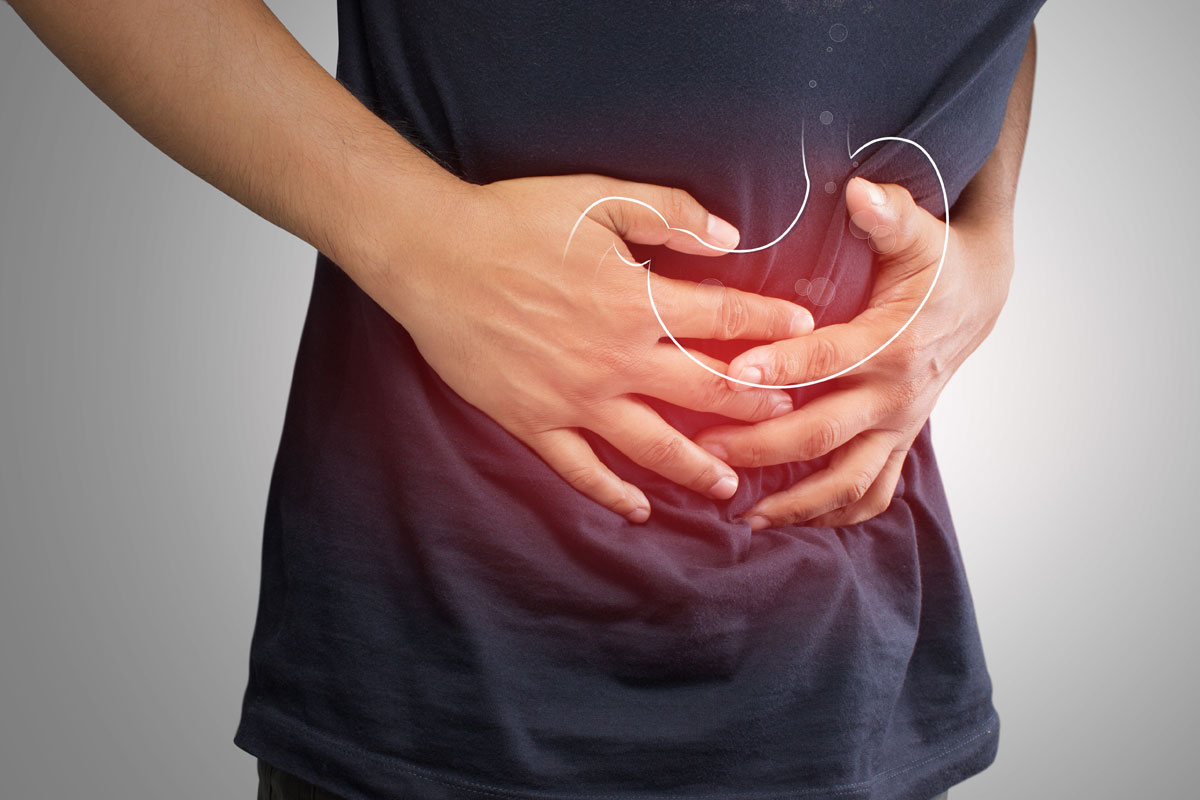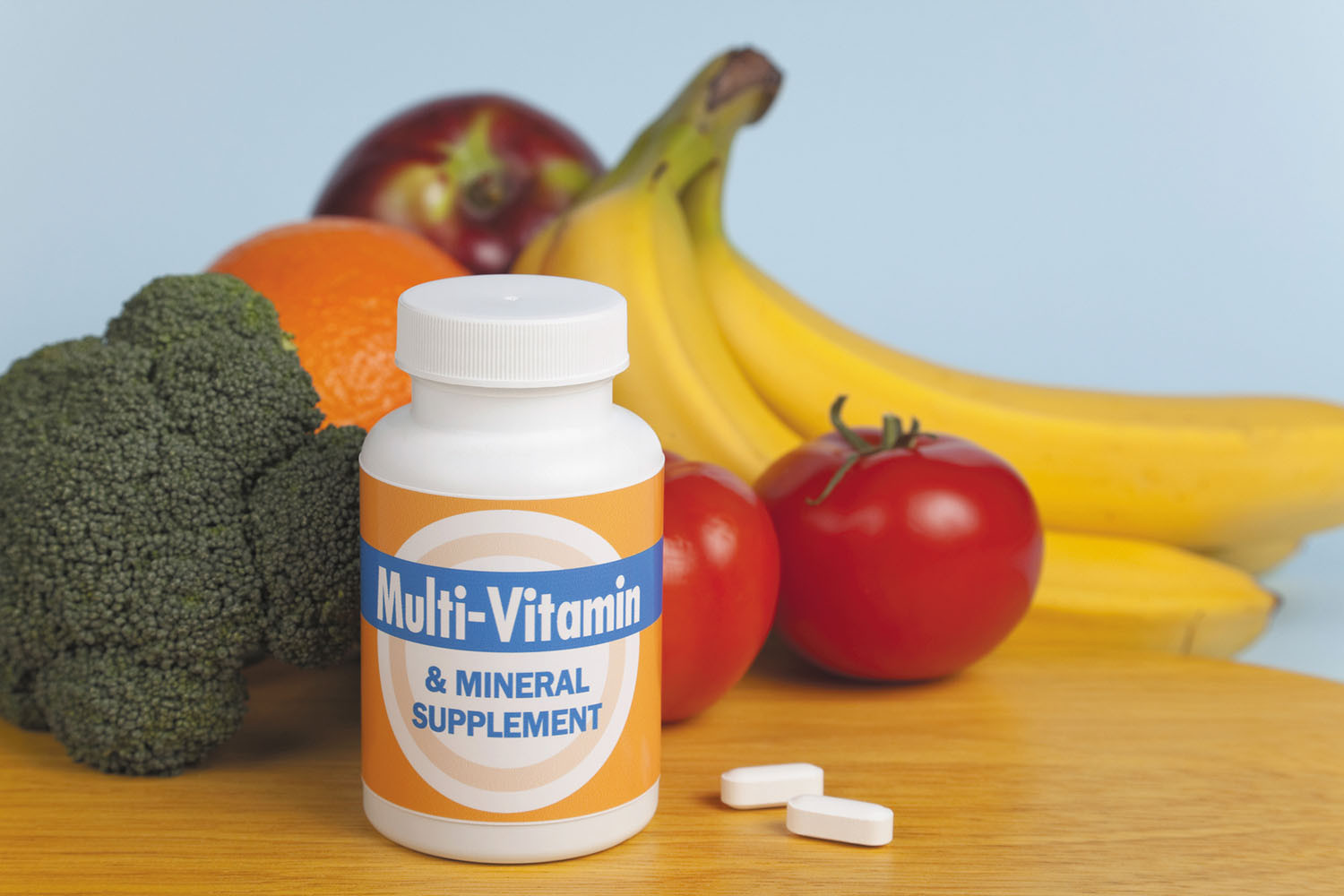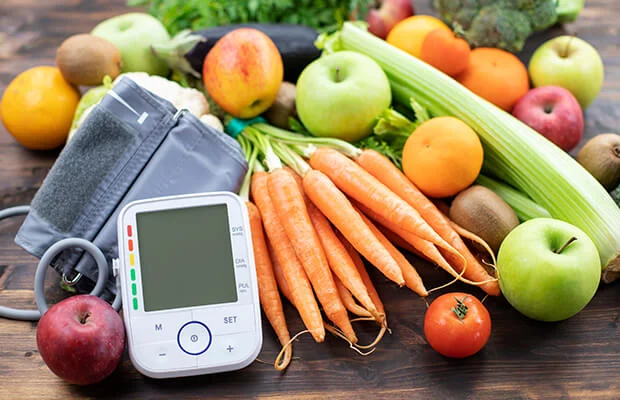You’ve eaten. You wait. But instead of relief, you’re hit with lingering fullness, bloating, nausea, or even vomiting, hours after your last bite. It feels like your stomach has hit the pause button on digestion. If this scenario sounds all too familiar, you may be one of the many silently struggling with gastroparesis, a digestive disorder that slows or completely stops the movement of food from the stomach to the small intestine. And while it's more common than you think, gastroparesis treatment is often delayed due to misdiagnosis and confusion around symptoms.
So, what exactly causes this digestive traffic jam? Can diet really make a difference in gastroparesis treatment? What foods should you absolutely avoid with gastroparesis, and which ones can help you feel better, faster? Most importantly, how do you regain control of your eating habits and daily comfort when your stomach won’t cooperate?
This guide from Jannis Health dives deep into the causes, symptoms, and treatment options for gastroparesis, including a science-backed look at the gastroparesis treatment diet. We’ll also debunk common myths, show you exactly what to avoid with gastroparesis, and explain how our expert dietitians can build a personalized plan that supports your digestive healing. Whether you’ve just been diagnosed or suspect something isn’t right, you’re not alone, and you’re in the right place for answers.
What is Gastroparesis?

Gastroparesis, often described as “stomach paralysis” or delayed gastric emptying, is a chronic digestive disorder where the stomach takes too long to move food into the small intestine. Unlike a physical blockage, gastroparesis is caused by sluggish or weakened stomach muscle contractions, making it difficult to properly digest food. This delayed motility can leave you feeling uncomfortably full, nauseous, or bloated for hours after eating, even if you've only had a small meal.
Though often misunderstood or overlooked, gastroparesis is more common than many realize, affecting an estimated 13.8 to 267.7 per 100,000 adults. And for those living with it, the condition can significantly impact daily comfort, nutrition, and quality of life.
Causes and Risk Factors
Several underlying conditions or triggers may contribute to the development of gastroparesis, including:
- Diabetes – The most common cause, particularly when blood sugar levels are poorly managed
- Vagal nerve damage – Often due to surgery, injury, or trauma
- Viral infections – Temporary or chronic nerve damage following illness
- Medications – Certain drugs, such as opioids and some antidepressants, can slow stomach motility
- Autoimmune diseases – Inflammatory responses may disrupt nerve or muscle function
- Post-infectious gastroparesis – Triggered by gastrointestinal infections
- Neurological or connective tissue disorders – Such as Parkinson’s disease or scleroderma
- Idiopathic gastroparesis – In many cases, the cause remains unknown
Symptoms of Gastroparesis
Symptoms of gastroparesis may vary in severity and consistency, but the most common include:
- Feeling full quickly after beginning a meal (early satiety)
- Remaining full for hours after eating
- Nausea or vomiting, often of undigested food
- Bloating, gas, or abdominal pain
- Loss of appetite or interest in food
- Heartburn or acid reflux
- Unexplained weight loss
- Blood sugar fluctuations, particularly in people with diabetes
Because symptoms can come and go or mimic other digestive issues, gastroparesis is often underdiagnosed or misdiagnosed. This is why working with a qualified digestive health team, like the experts at Jannis Health, is essential for proper diagnosis and a tailored gastroparesis treatment plan.
Assessment & Diagnosis of Gastroparesis
If you’ve been experiencing persistent upper digestive discomfort, especially symptoms like bloating, nausea, or prolonged fullness, your doctor may suspect gastroparesis and recommend a series of diagnostic evaluations. Identifying the root cause is essential for creating an effective gastroparesis treatment plan.
Common Diagnostic Steps:
#1. Medical History & Physical Exam
Your provider will ask detailed questions about your eating habits, symptom patterns, any history of diabetes, surgeries, or medications that may slow digestion.
#2. Gastric Emptying Study (Gold Standard)
You’ll consume a small meal containing a safe, radioactive substance. Imaging is then used to track how long the food remains in your stomach.
#3. Upper Endoscopy (EGD)
A thin, flexible tube with a camera is inserted through your mouth into the stomach to detect physical obstructions such as ulcers, tumors, or inflammation.
#4. Barium X-ray (Upper GI Series)
After drinking a barium solution, X-rays are taken to view the structure and movement of your stomach and intestines.
#5. SmartPill® Wireless Motility Capsule
This innovative capsule is swallowed and measures pH, pressure, and transit time throughout the digestive tract.
#6. Additional Testing
Blood tests, stool analysis, or other specialized exams may be ordered to rule out infections, nutrient deficiencies, or other GI disorders.
Management and Interventions for Gastroparesis
While there is no universal cure, gastroparesis treatment can be highly effective with the right combination of medical care, nutritional therapy, and lifestyle changes. At Jannis Health, we take a collaborative, personalized approach to help each patient reclaim digestive comfort and quality of life.
#1. Dietary Adjustments (This is where our dietitians shine!)
A registered dietitian will create a gastroparesis treatment diet tailored to your lifestyle, symptom pattern, and nutritional needs. Key recommendations include:
- Eating small, frequent meals (5–6 times per day)
- Choosing low-fat, low-fiber foods that are easier to digest
- Avoiding carbonated beverages, greasy foods, and tough meats
- Opting for liquid or pureed meals on flare-up days
- Identifying personal food triggers and customizing texture and timing of meals
- Ensuring nutritional adequacy through nutrient-dense, well-balanced foods
#2. Medications
- Prokinetics (e.g., Metoclopramide) to stimulate stomach muscle contractions and speed up gastric emptying
- Antiemetics to manage nausea and vomiting
Note: Long-term medication use should always be monitored for potential side effects.
#3. Managing Underlying Causes
- Blood sugar control is critical for patients with diabetes, work closely with a dietitian and endocrinologist
- Review and possibly adjust medications that may worsen gastric motility (only under physician guidance)
#4. Advanced Interventions (for severe or refractory cases)
- Feeding tubes (nasal or jejunal) may be required to maintain adequate nutrition under close supervision
- Gastric electrical stimulation involves surgically placing a device that helps stimulate stomach contractions
- Botulinum toxin (Botox) injections into the pyloric sphincter (currently experimental)
| At Jannis Health, our team of gastroenterologists, endocrinologists, and registered dietitian-nutritionists (RDNs) work together to guide you through every stage of your gastroparesis journey, from diagnosis to long-term management. You don’t have to navigate this alone. |
Best Gastroparesis Diet: What to Eat for Relief and Nourishment
Living with gastroparesis means your stomach empties more slowly than it should. This can lead to uncomfortable symptoms like nausea, bloating, and early fullness. But with the right gastroparesis diet, you can ease symptoms, improve nutrition, and feel more in control of your health.
At Jannis Health, we believe food should work with your body, not against it. That’s why our registered dietitians design custom meal plans that support your digestion without sacrificing nourishment or satisfaction.
What to Eat on a Gastroparesis Diet
#1. Low-Fiber Foods
High fiber slows digestion. Stick to refined or cooked options like:
- White rice, white bread, and plain pasta
- Peeled and cooked fruits (like bananas, applesauce, or canned peaches)
- Well-cooked vegetables (carrots, zucchini, potatoes—no skins)
#2. Low-Fat Foods
Fat delays stomach emptying. Choose:
- Skinless chicken, turkey, or baked fish
- Fat-free dairy or plant-based alternatives
- Clear broths and low-fat soups
#3. Soft, Blended, or Liquid Meals
Easier to digest, especially during symptom flare-ups:
- Smoothies with peeled fruits and protein powder
- Creamy soups (pureed if needed)
- Mashed potatoes, scrambled eggs, porridge
#4. Small, Frequent Meals
Eat 5–6 smaller meals per day rather than 2–3 large ones to reduce stomach burden.
#5. Hydration Is Key
Sip water between meals, not during, to avoid feeling overfull. Oral rehydration solutions and electrolyte drinks can also help.
What to Avoid with Gastroparesis
Understanding what to avoid with gastroparesis is just as important as knowing what to eat:
- High-Fiber Foods: Raw vegetables, whole grains, corn, beans, and fibrous fruits like pineapple or oranges
- High-Fat Foods: Fried items, cheese, creamy sauces, bacon
- Carbonated Drinks: They introduce gas and worsen bloating
- Tough Meats: Steak, sausage, or anything hard to chew
- Seeds, Skins, Nuts: They can block or slow digestion
- Alcohol and Caffeine: Can irritate the stomach lining and worsen symptoms
Dietitians Are Your Digestive Allies
Living with gastroparesis isn’t just about what you eat, it’s about how, when, and why. Navigating this condition without proper nutritional support can lead to malnutrition, fatigue, and constant frustration. That’s where dietitians step in as essential partners in your healing journey.
At Jannis Health, our gut-trained dietitians specialize in creating a gastroparesis treatment diet that adapts to your symptoms and lifestyle. They help you:
- Customize meal plans that meet your unique calorie and nutrient needs
- Safely transition between solid, soft, and liquid diets
- Monitor and correct common nutrient deficiencies (like iron, vitamin B12, and folate)
- Prevent unintentional weight loss and muscle wasting
- Adjust fiber, fat, and fluid intake depending on how your body feels each day
This isn’t a one-size-fits-all plan, it’s nutrition tailored to your symptoms and goals. Our dietitians work side by side with your medical team to offer practical, sustainable solutions for daily living with gastroparesis.
Myths About Gastroparesis, Debunked
Let’s clear up some common misconceptions that can delay proper treatment or discourage people from seeking help:
#1. Myth: "It’s all in your head."
Truth: Gastroparesis is a medically recognized condition with diagnostic criteria. It’s not imaginary, it’s physiological.
#2. Myth: "If I just eat less, I’ll feel better."
Truth: Eating less can lead to dangerous weight loss and malnutrition. The goal is eating smarter, not starving. A nutrient-dense, portion-controlled plan is key.
#3. Myth #3: "Fiber and whole foods are always best."
Truth: Not always. With gastroparesis, high-fiber foods can worsen symptoms by slowing digestion. Your dietitian can show you what to avoid with gastroparesis and what alternatives are safer.
#4. Myth: "Dietitians can’t help, it’s not a food issue."
Truth: Diet is central to gastroparesis management. From food textures and timing to hydration strategies and nutrient absorption, a dietitian is your best tool for relief.
Final Thoughts
Gastroparesis can feel like your digestive system is betraying you, but you’re not alone, and you’re not powerless. With the right diagnosis, medical support, and a tailored nutrition plan from a qualified dietitian, you can minimize discomfort, prevent complications, and live well.
If you’re struggling with chronic nausea, early fullness, or unexplained bloating, let’s talk.
At Jannis Health, our expert dietitians are ready to support you with personalized, evidence-based care. You deserve to enjoy your meals, and your life, without fear of flare-ups.
Frequently Asked Questions About Gastroparesis Treatment and Diet
Is gastroparesis a permanent condition?
It can be chronic, but some people experience periods of remission or improved symptoms with proper management.
Can I still eat vegetables and fruits?
Yes, but in a cooked, low-fiber, pureed form. Raw, high-fiber veggies are harder to digest.
Can children or teens develop gastroparesis?
Yes, especially after viral infections or surgery. Pediatric gastroparesis is less common but still serious.
What can I eat on days I feel too bloated?
Nutrient-dense liquids like smoothies, blended soups, and oral nutrition supplements (consult a dietitian for proper prescription) can help.
Is surgery always needed?
No, most cases are managed with lifestyle and diet changes. Always consult a registered dietitian-nutritionist. Surgery is for severe or unresponsive cases.
At Jannis Health, our expert gut dietitians are ready to support you with personalized, evidence-based care.











Comments